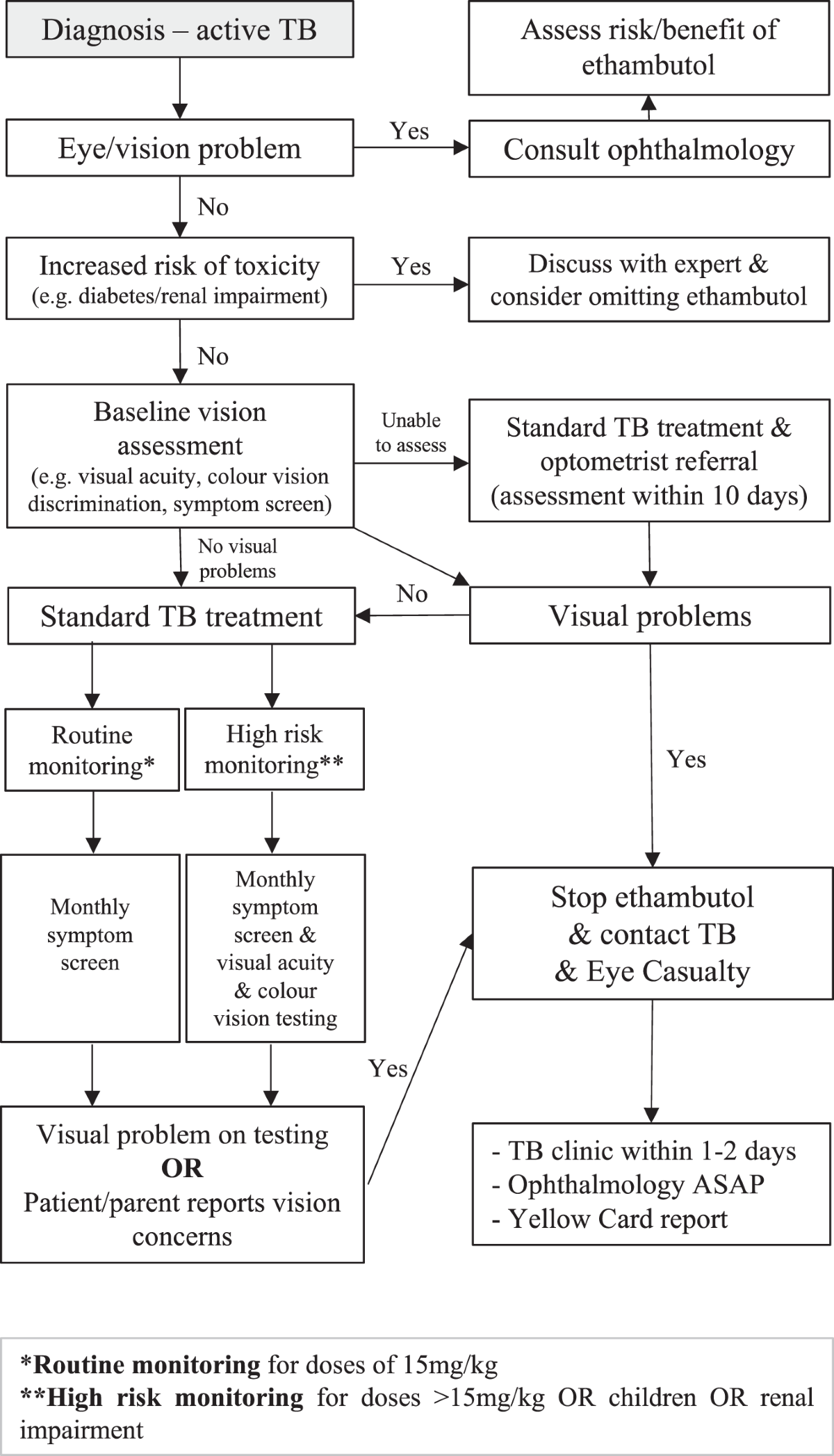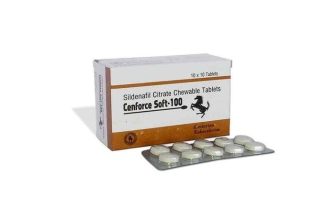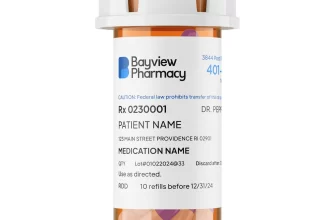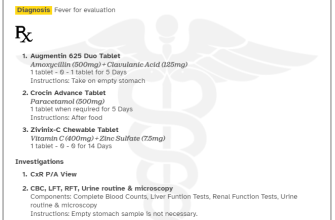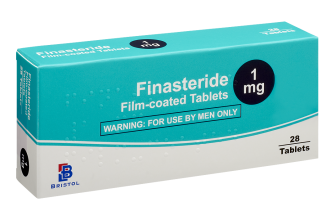Regular eye exams are crucial for anyone taking ethambutol. Schedule baseline visual acuity testing before starting treatment. This establishes a personal benchmark for comparison during therapy.
Monitor for reduced visual acuity, particularly color discrimination difficulties. Red-green color blindness is a common side effect. Patients should report any changes, however subtle, to their physician immediately. Prompt intervention can minimize long-term vision problems.
The frequency of follow-up screenings depends on individual risk factors and the prescribed dosage. Higher doses generally necessitate more frequent monitoring, potentially as often as weekly. Your doctor will provide tailored recommendations based on your specific health profile.
Remember: Early detection is key to managing ethambutol-related visual impairment. Don’t hesitate to contact your healthcare provider if you experience any visual disturbances. Proactive screening significantly improves patient outcomes.
- Ethambutol Vision Screening: A Comprehensive Guide
- Frequency of Screening
- Interpreting Results
- Patient Education
- Beyond Visual Acuity
- Understanding Ethambutol’s Impact on Vision
- Early Detection is Key
- Managing Vision Changes
- Understanding Risk Factors
- Baseline Visual Acuity Testing Before Starting Ethambutol
- Color Vision Testing
- Detailed Patient History
- Frequency of Vision Tests During Ethambutol Treatment
- Recognizing Early Signs of Ethambutol-Induced Vision Problems
- Proper Techniques for Conducting Ethambutol Vision Screening
- Managing and Treating Ethambutol-Related Vision Issues
- The Role of Patient Education in Preventing Vision Loss
- When to Refer Patients to an Ophthalmologist
Ethambutol Vision Screening: A Comprehensive Guide
Schedule baseline visual acuity tests before initiating Ethambutol therapy. Use Snellen charts or equivalent methods to assess visual acuity in each eye separately.
Frequency of Screening
Monitor visual acuity at least monthly during treatment. More frequent monitoring may be necessary if visual changes are noted or suspected. Consider red-green color vision testing at baseline and regularly throughout the treatment course. Document all findings meticulously.
Interpreting Results
A decrease in visual acuity, especially with accompanying color vision disturbances, warrants immediate action. Report any abnormalities promptly to the prescribing physician. Early detection significantly improves the likelihood of mitigating or reversing vision impairment. Consider ophthalmologic referral for any concerning findings.
Patient Education
Educate patients about the potential for vision changes with Ethambutol. Empower them to report any visual symptoms, no matter how minor. Provide clear instructions on the importance of regular follow-up appointments for vision screening.
Beyond Visual Acuity
Beyond acuity testing, consider assessing for other visual symptoms like blurred vision, altered color perception, or visual field defects. A complete ophthalmologic examination may be necessary if significant changes are detected.
Understanding Ethambutol’s Impact on Vision
Ethambutol, while effective against tuberculosis, can affect your vision. The most common side effect is reduced visual acuity, meaning things may appear blurry or less sharp. This usually starts subtly and progresses slowly. You may also experience changes in color perception, specifically red-green color blindness. This usually affects both eyes equally. The severity varies considerably between individuals, with some experiencing minimal effects while others report significant impairment.
Early Detection is Key
Regular eye exams are critical. Schedule baseline visual acuity and color vision tests before starting ethambutol. Then, get monitored regularly throughout treatment, typically every 2-4 weeks. Report any changes in your vision, no matter how minor they seem, immediately to your doctor.
Managing Vision Changes
Prompt reporting allows for timely intervention. If vision problems develop, your doctor might adjust your dosage or consider stopping ethambutol. Fortunately, in many cases, visual changes are reversible once the medication is discontinued. However, recovery time varies; some patients see improvement quickly, while others take longer. Complete recovery is not guaranteed for all individuals. Always follow your doctor’s instructions regarding medication and follow-up appointments.
Understanding Risk Factors
Certain factors may increase your risk of developing vision problems. Pre-existing eye conditions, advanced age, and high doses of ethambutol are among the factors influencing susceptibility. Open communication with your doctor about your medical history is crucial for personalized risk assessment and treatment planning.
Baseline Visual Acuity Testing Before Starting Ethambutol
Always perform a thorough baseline visual acuity test before initiating ethambutol therapy. Use a standard Snellen chart or equivalent, documenting visual acuity in both eyes separately. Record the results precisely, including any refractive corrections used. Consider using near vision testing as well, employing a Jaeger chart or similar tool, particularly for patients over 40 years old.
Color Vision Testing
Include a color vision test as part of the baseline assessment. The Ishihara test is a widely accepted method, identifying potential red-green color blindness which can be exacerbated by ethambutol. Document findings clearly and compare results with prior color vision assessments, if available.
Detailed Patient History
Obtain a complete ophthalmic history, including any pre-existing eye conditions, previous use of ethambutol, or family history of optic neuritis. This information provides crucial context for interpreting baseline vision results and for monitoring potential side effects during treatment.
Frequency of Vision Tests During Ethambutol Treatment
Baseline vision testing is mandatory before initiating ethambutol therapy. After that, regular monitoring is key.
- Initial assessment: Complete eye exam including visual acuity, color vision, and visual field testing.
- During treatment: Most guidelines recommend vision tests every 2-4 weeks during the initial months of treatment. Frequency can be adjusted based on individual response and risk factors. Some individuals may require more frequent monitoring if changes are detected.
- Higher-risk individuals: Patients with pre-existing eye conditions or those receiving high doses of ethambutol should undergo more frequent testing, potentially weekly. This requires clinical judgment.
- Long-term treatment: Even after several months of stable vision, continued monitoring is recommended at intervals determined by the treating physician. This is particularly important for patients on extended courses.
Specific schedules vary based on clinical practice guidelines and individual patient factors. Always consult your physician for personalized recommendations and follow-up care. They will tailor the frequency of testing based on your individual needs and treatment response.
- Discuss your concerns with your doctor.
- Report any changes in vision promptly.
- Attend all scheduled vision appointments.
Careful monitoring helps detect and manage potential vision problems associated with ethambutol early, promoting better patient outcomes.
Recognizing Early Signs of Ethambutol-Induced Vision Problems
Schedule regular eye exams during Ethambutol treatment. Early detection is key.
Redness or pain in your eyes? Consult your doctor immediately. These aren’t always symptoms, but warrant a check.
Blurred vision, especially at night, needs prompt attention. Don’t dismiss it as simple tiredness; report it.
Difficulty distinguishing colors, particularly red and green, is a significant warning sign. Note any changes, no matter how slight.
Decreased visual acuity or noticing things seem less sharp should prompt an eye exam. Don’t wait for a significant change.
Central vision problems? This can manifest as a blind spot or distortion in the center of your vision. Seek medical advice immediately if this occurs.
Monitor your vision regularly. Keep a record of any changes, however subtle. Compare your visual abilities to those before treatment started. Share these observations with your ophthalmologist.
Proper Techniques for Conducting Ethambutol Vision Screening
Begin by explaining the procedure to the patient, ensuring they understand the purpose and process. Obtain informed consent.
Use a standardized vision chart, such as the Snellen chart, positioned at a standard distance (20 feet). Ensure adequate lighting.
- Test each eye separately, covering the other eye completely.
- Record the best corrected visual acuity (BCVA) for each eye using appropriate notation (e.g., 20/20, 20/40).
- Document any subjective complaints the patient reports, such as blurry vision, color vision changes, or other visual disturbances.
Assess color vision using Ishihara plates or a similar test. Note any abnormalities.
- Follow the instructions for the specific color vision test used.
- Carefully record the patient’s responses and any difficulties identifying colors.
Compare current results with baseline data if available. Significant changes warrant further investigation and may require ophthalmological consultation.
Use a structured form to record all findings, including date, visual acuity results, color vision test results, patient complaints, and any recommendations.
Provide clear and concise instructions to patients regarding follow-up appointments and the importance of reporting any new or worsening visual symptoms.
Ensure proper documentation is maintained according to applicable regulations and guidelines. This includes patient consent, test results, and any follow-up actions.
Managing and Treating Ethambutol-Related Vision Issues
Immediately report any visual changes, such as blurry vision, reduced color discrimination, or altered visual fields, to your doctor. Early intervention is key.
Your doctor will likely conduct a thorough eye exam, including visual acuity testing and color vision assessment. They may also order optical coherence tomography (OCT) scans to check for retinal nerve fiber layer thinning.
Treatment focuses on managing the symptoms and preventing further vision loss. This typically involves:
| Action | Details |
|---|---|
| Ethambutol Dosage Adjustment | Your doctor may reduce your ethambutol dose or temporarily discontinue it. A lower dose, or a drug holiday, often allows the visual side effects to resolve. |
| Close Monitoring | Regular eye examinations are crucial to track the progress and make necessary adjustments to treatment. The frequency of these exams depends on the severity of the visual impairment. |
| Supportive Care | This may include corrective lenses to address any refractive errors exacerbated by the drug. |
| Alternative Medications | In some cases, your doctor might switch you to an alternative anti-tuberculosis medication that doesn’t affect vision. |
Recovery time varies depending on the severity of the vision problems and how quickly treatment is initiated. In most cases, visual acuity improves after ethambutol is discontinued or the dose is lowered. However, permanent vision loss is possible in severe cases.
Maintain open communication with your healthcare team. Actively participate in your care by reporting any changes in your vision promptly. This proactive approach helps ensure the best possible outcome.
The Role of Patient Education in Preventing Vision Loss
Regularly schedule eye exams with your ophthalmologist. These appointments allow for early detection of Ethambutol-induced optic neuritis. Early diagnosis significantly improves treatment outcomes.
Understand your individual risk factors. Factors such as pre-existing eye conditions, high Ethambutol dosage, and duration of treatment directly influence your risk of vision problems. Discuss these with your doctor.
Learn the signs and symptoms of Ethambutol-related vision problems. These include blurred vision, reduced color discrimination (particularly red-green), and altered visual acuity. Report any changes to your doctor immediately.
Actively participate in your treatment plan. This includes adhering to the prescribed dosage and attending all follow-up appointments. Open communication with your doctor is key.
Maintain a healthy lifestyle. Good nutrition and regular exercise contribute to overall health, potentially mitigating the impact of Ethambutol on vision.
Keep a detailed record of your vision changes. Note any new symptoms or worsening of existing ones. This information helps your doctor monitor your progress and adjust treatment accordingly.
Ask questions! Don’t hesitate to clarify any uncertainties regarding your medication or potential side effects. Your healthcare team is there to support you.
Remember: proactive involvement in your healthcare is paramount for preserving your vision while taking Ethambutol.
When to Refer Patients to an Ophthalmologist
Refer patients immediately if they report any vision changes, including blurred vision, reduced visual acuity, or altered color perception, especially if these symptoms are new or worsening. This is paramount, as early intervention significantly improves outcomes.
A referral is also necessary if a patient experiences eye pain, redness, or photophobia (light sensitivity) alongside ethambutol use. These symptoms may indicate a serious complication requiring prompt ophthalmological attention.
Patients exhibiting visual field defects, such as difficulty seeing peripheral objects, should be referred without delay. These defects can signify optic neuritis, a potentially vision-threatening condition.
Regular monitoring is crucial. Schedule follow-up ophthalmological appointments for all patients on ethambutol, adhering to recommended screening frequencies (e.g., baseline, 2 weeks, monthly). Proactive monitoring allows for timely detection and management of potential vision problems.
Document all visual acuity assessments and ophthalmological findings meticulously. This documentation is critical for tracking the patient’s progress and making informed clinical decisions.
Consider referring patients with pre-existing eye conditions before starting ethambutol treatment. Ethambutol can exacerbate underlying ocular issues, making early ophthalmological consultation vital.

